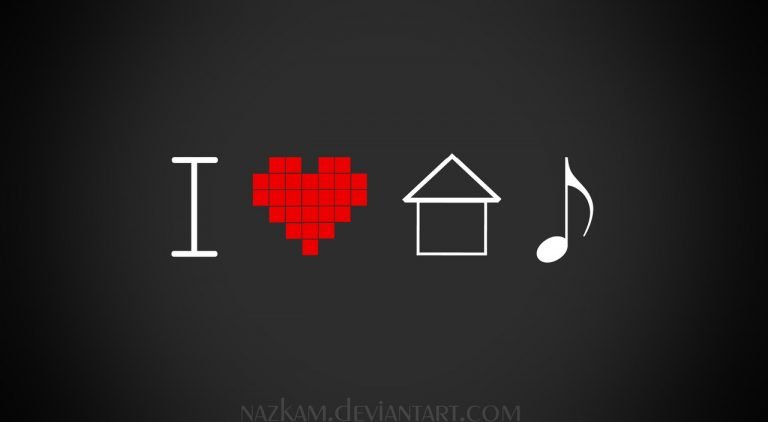Tech house is a subgenre of House that combines repetitive elements of techno with the melodic elements and groove of progressive house music. Tech House is known for its minimal production style where every element evolves to add to the sense of progression through the track.
The signature Tech House beats are characterized by a four-to-the-floor style drum-beat, which is typically thumping at 126 – 128 BPM. This is paired with 808 and 909 drum samples, groovy bassline, and heavily compressed percussion to get the signature club sound that crowds love all over the world.

Samples used in tech house music production
Tech House does not require extraordinary sample libraries as the genre very much relies on heavy compression and EQ-ing to turn simple 808, 909 and TB-303 drum patterns into loops that pack a powerful punch.
In these tracks, the soulful elements from house are replaced with short, dark and snappy sounds borrowed from techno. Booming kicks are distorted and shortened to make them puchy, and we see use of white noises and more synthetic-sounding synth patches.
While you could try to build your own collection of samples by hunting around the web and sampling actual records, it’s often easier and especially recommended for new producers to pick up one or a few sample packs made specifically for this genre.
Tech House Production Techniques
Tech House is a very open genre that can borrow elements from almost every other EDM style, but there are a few cornerstone techniques that are absolutely crucial to getting that typical thumping sound. Have a look:
Techno Basslines
You’ll need that solid, rumbling low-end to get the dancefloor moving. Learn how to make Techno basslines, then use the side-chain technique to introduce even more movement.
Side-chain compression
Side-chain (also known as ducking) is a technique where the signal from one sound is used to manipulate the volume (or any other parameter) of a different sound. This technique is very important to master, as you absolutely need it in order to get that pumping effect that is heard in almost every tech-house track.
One of the most common appliances of side-chain compression in house music is using the kick’s signal to lower the volume of the bass. Since these two elements often share the same frequencies, playing them together at the same time may cause their frequencies to clash, which sounds unpleasant to the ear and the sounds could drown each other out.
We can clean this up and make our low-end a lot tighter and punchier by only allowing the bass to rise in volume whenever the kick is not playing. This also introduces a sucking effect to our bass, which adds a lot of movement to our tracks.
Mix a fat low-end
The kick and the bass are two fundamental elements of any track. They dictate the rhythm of a track and drive it forward. If you want your EDM to have an impact on the dance floor, you absolutely HAVE to make sure there’s a symbiotic relationship between the kick and the bass elements. If you want these to groove and sit together in the mix, you’ll have to learn to process them in the right way.
Check out and practice this technique to take your low end to the next level!
Chord stabs
While stabs are not a staple sound in tech house, when you route them through a delay and reverb they can add some real character and movement to your track.
To get a decent stab, you’ll have to stack a few saw and/or square waves, then filter them down and apply an envelope. Automation on the filter envelope cutoff and other parameters plays a huge part in breathing life into your stabs.
Practice chord stabs now and see how they sound:
Transitions
Making a groovy 4-bar tech house loop takes some skill, but turning it into a 6-minute track that’s interesting from start to finish will require a whole new set of skills. A good track never bores the listener because it is constantly building up the energy and breaking it down again.
This is achieved by constantly evolving buildups and breakdowns. Filters that gradually open and close, reverbs that grow ever bigger and bigger, volume automations, FX samples that slowly rise in pitch; it all adds to the listener’s anticipation to hear what’s coming next.

